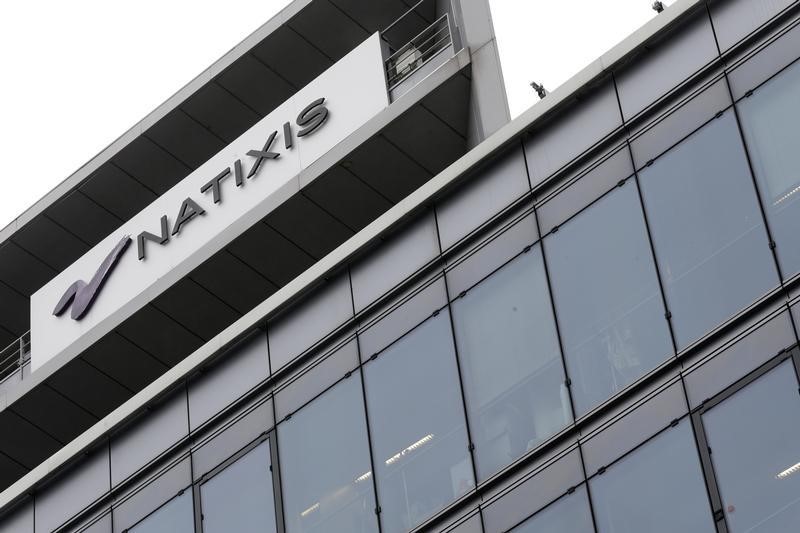By Geoffrey Smith
Investing.com -- One of the legacies of the last financial crisis has been the acute sensitivity of investors to anything that smells like liquidity risk.
That sensitivity has been in full view in France in the last two days, where Natixis (PA:CNAT) has fallen nearly 12% after reports that it has more exposure than seems wise to illiquid corporate bonds, most of them issued by companies linked to Lars Windhorst, a German financier with a chequered past.
The French investment bank and asset manager was down another 2.3% by mid-morning in Paris Friday, the worst performing of any European bank, after a conference call with investors in which management tried to assuage their fears - apparently without much success.
By contrast, the CAC 40 benchmark was up 0.5%, close to a new high for the year, ahead of all other European indexes except Spain’s IBEX 35. All markets have been following the U.S. higher since the Federal Reserve signalled a willingness to cut interest rates if the U.S. economy slows any further.
Natixis’ problems started on Wednesday, when the Financial Times reported that its fund management arm H2O had amassed over 1.4 billion euros ($1.56 billion) in bonds issued by companies controlled by Windhorst, spread across several funds. They got much worse on Thursday when advisory firm Morningstar suspended its rating on one of those funds, Allegro, citing concerns about the liquidity of some of its holdings.
The sums involved may seem small – H2o Allegro Eur-r C has only 2.26 billion euros in assets under management according to data compiled by Investing.com – but the news comes at an awkward time. It’s only two weeks since Neil Woodford, a high-profile U.K. stock-picker, was forced to “gate” one of his flagship funds to protect it against a firesale of assets to meet redemption requests. Woodford, too, had made unsuccessful bets on assets that proved hard to sell.
It’s also less than a year since high-flying GAM (SIX:GAMH), the Swiss-based asset manager carved out of Bank Julius Baer, fired fund manager Tim Haywood and wound down his Absolute Return Bond Fund after similar mis-steps.
But the real reason the market’s heart skips a beat after such incidents is the memory of 2007, when two obscure funds run out of France suddenly ran into liquidity problems, forcing the ECB into an emergency injection of liquidity into the money market and marking the start of a process that was to end with the collapse of Lehman Brothers a year later.
There’s no suggestion that Natixis’ problems have any systemic dimension at all. But the response to the incident is a sobering reminder of how fragile sentiment is, for all that the U.S. S&P 500 hit a new record high on Thursday.
